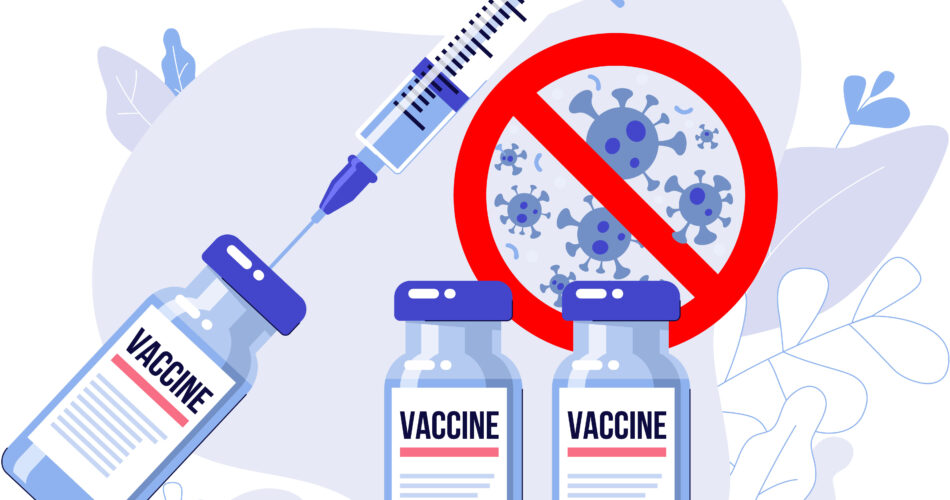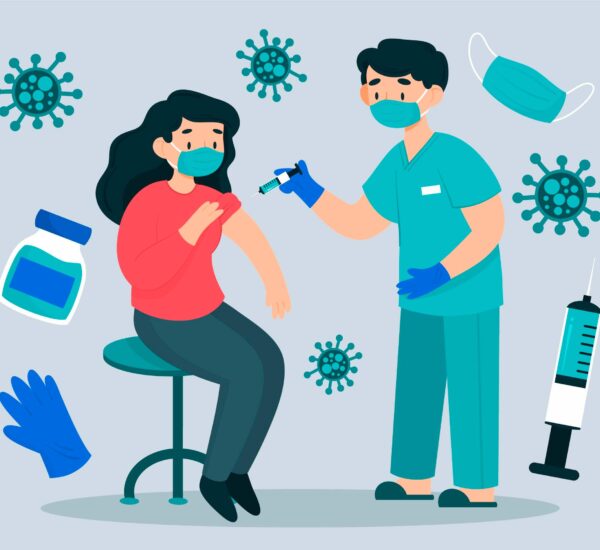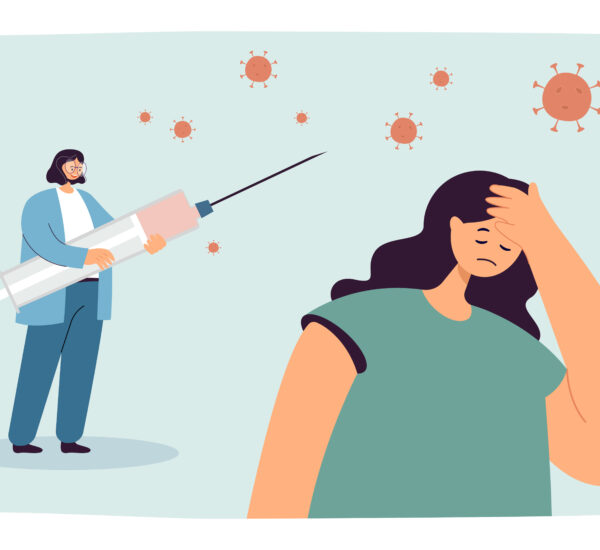Vaccines like the human papillomavirus vaccine have transformed cancer prevention among women and men. With numerous clinical studies and real-world data, we now understand HPV vaccine efficacy, and how big its role is in cervical cancer prevention, genital warts prevention, and other types of cancers. Despite that, many people are still unaware of the health benefits of receiving the HPV vaccine.
In that case, it’s best to dive into this guide to discover the importance of the HPV vaccine. Find out its role in cancer prevention and why it is essential for public health. Let’s begin!
What is HPV and How Does It Cause Cancer?
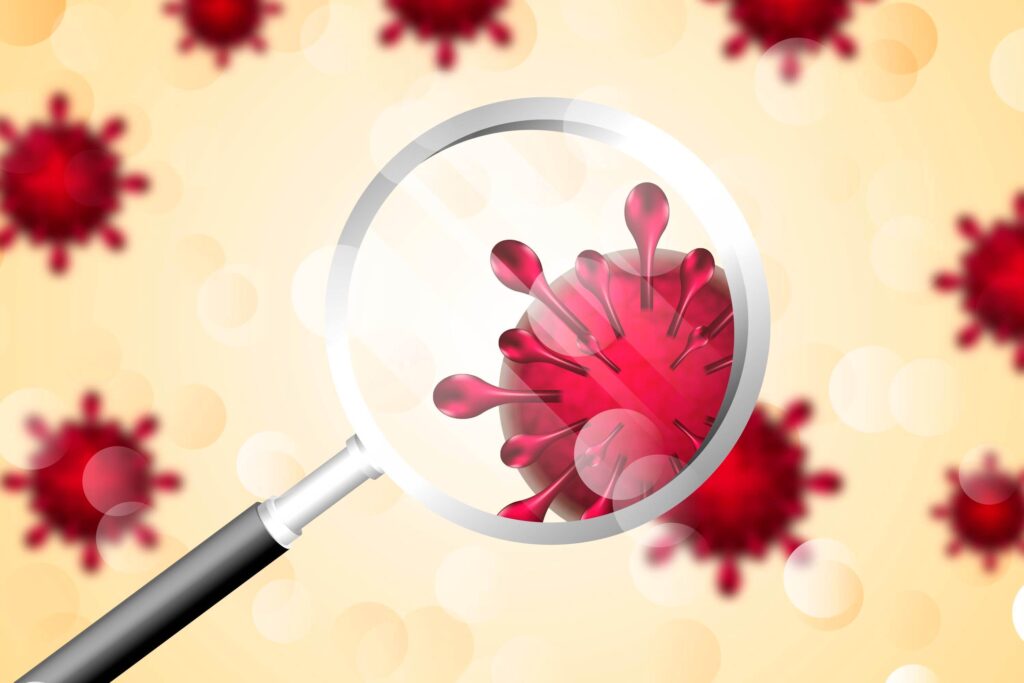
HPV is a group of more than 100 related viruses, some of which are transmitted through skin-to-skin contact and sexual activity, and cause genital, oral, and cervical cancers. Here’s a closer look at its impact and the role of the vaccine:
Common HPV Strains
According to the World Health Organization, about 70% of cervical cancers in the world are associated with 2 of the HPV strains. Meanwhile, anogenital warts have also been a threat due to a different type of HPV strain. There are other strains identified to be harmful to one’s health. Currently, there are 2 categories, which are low risk and high risk. Let’s discuss them more below!
Low-Risk Strains
These strains are considered low-risk as they cannot lead to cancer. While that’s the case, it can still lead to health problems like developing genital warts on mouth, throat, genitals, and anus. Among all the strains, here are the HPV strains that belong to the low-risk types:
- HPV strain – 6, 11, 42, 43, 44, 54, 61, 70, 72, 81, and 89
High-Risk Strains
On the other hand, this category involves strains that can lead to cancer conditions. Among the HPV types, about 14 are at high risk for cancer. HPV types 16 and 18 are responsible for around 70% of cervical cancer cases globally. Other high-risk HPV types can also lead to cancers of the anus, throat, vulva, and penis.
Here are the strains considered as high-risk:
- HPV strain – 16, 18, 31, 33, 35, 39, 45, 51, 52, 56, 58, 59, 66, 68, and 73
How HPV Vaccines Work: Gardasil 9 and Other Options
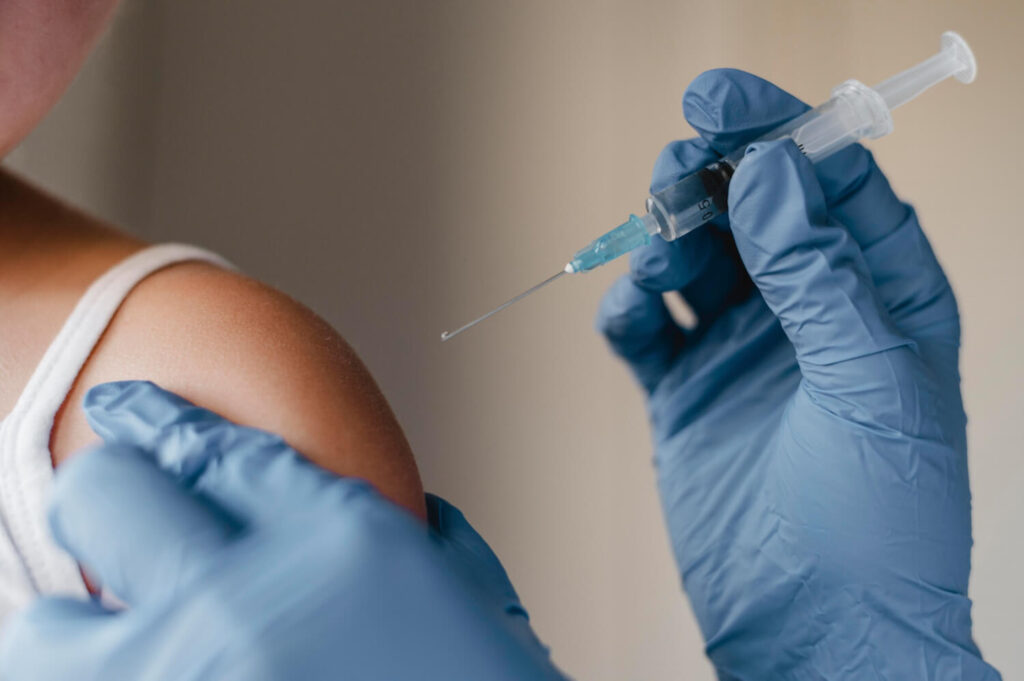
One important aspect of the vaccine for human papillomavirus (HPV) is that it has undergone a clinical trial, which ensures HPV vaccine efficacy. That’s why most vaccines approved by the FDA are safe for use. Additionally, with this protection from HPV, HPV vaccination programs and cervical cancer screening are included in the health campaigns promoted by the Department of Health.
If you are wondering how the HPV vaccines in the Philippines can help, check out the crucial details below:
HPV Vaccines Philippines
With the threat of HPV constantly growing, the need for protection is a must, which the HPV vaccine can provide. As mentioned, clinical trials for different vaccine brands ensure the effectiveness of the human papillomavirus vaccine.
Among all the vaccines for HPV, here are the top-performing vaccines available in the Philippines:
- Gardasil 4: This quadrivalent HPV vaccine protects against HPV types 6, 11, 16, and 18. However, this vaccine was discontinued in 2022.
- Gardasil 9: This next vaccine became available, replacing the quadrivalent HPV vaccine. It is the most widely used vaccine, covering nine types of HPV (6, 11, 16, 18, 31, 33, 45, 52, and 58).
- Cervarix: A bivalent vaccine targeting HPV types 16 and 18.
Targeted Population to Protect
While the vaccine for HPV is recommended for patients in their pre-teens, other age groups can still undergo the drug administration, with the approval of health experts. Based on the recommendations of the WHO in 2022, they aim for patients as early as 9 years of age to receive the vaccine. The oldest individual to possibly have the vaccine is at the age of 45.
In connection to the age group, the doses of the HPV vaccine are also identified by the advisory committee to guide patients.
- For ages 9 – 14, they shall receive 2 doses of the HPV vaccination, 6 months interval.
- For ages 15 – 45, they shall receive 2 – 3 doses of the HPV vaccination, 6 months interval.
However, immunocompromised individuals due to HIV infection shall receive 3 doses of the vaccine as necessary. The single dose of HPV vaccine for the second shot will be received 1-2 months after the first dose.
Mechanism of Action
The vaccine introduces virus-like particles that stimulate the immune system to produce antibodies against HPV without causing infection. Once vaccinated, the body recognizes and attacks the virus if exposed later, preventing the virus from causing infection or cell changes that can lead to cancer.
Safety Profile and Side Effects
Despite the ensured HPV vaccine efficacy, mild side effects can still occur. Some of the side effects may involve injection site pain, dizziness, and headaches. While severe reactions like anaphylaxis are rare, randomized clinical trials by health organizations still occur to ensure the vaccine’s continued safety and efficacy.
HPV Vaccine Efficacy: Preventing Cervical and Other Cancers
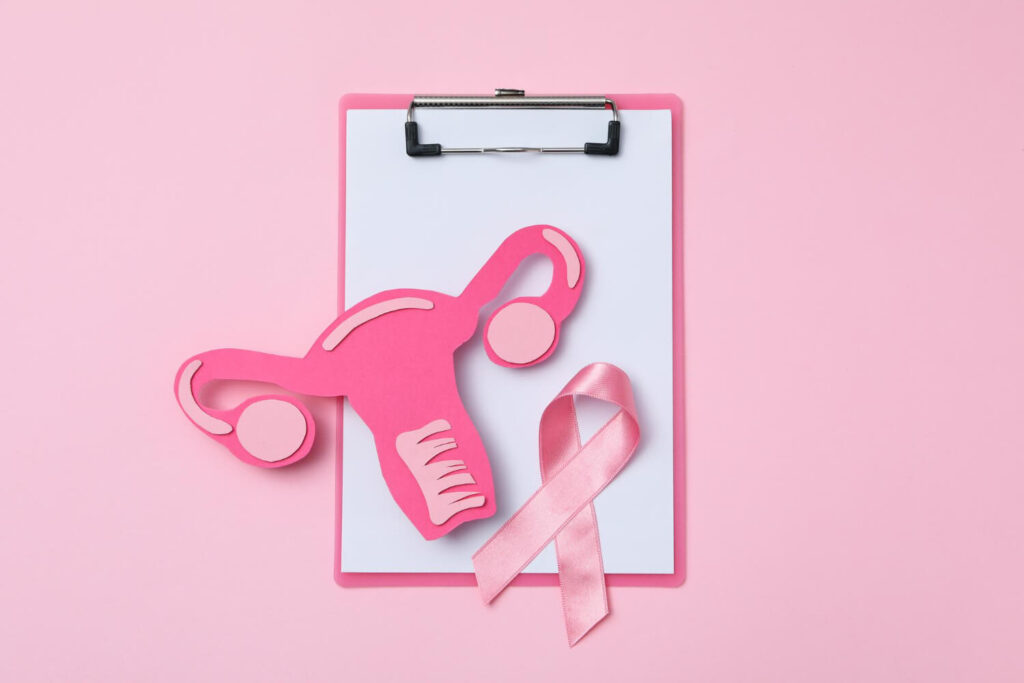
Effectiveness in Preventing Cervical Cancer
- Clinical Trials: Studies show that the HPV vaccine is nearly 100% effective in preventing infections and precancerous lesions caused by HPV types 16 and 18. Data shows a significant reduction in cervical cancer rates among vaccinated individuals, especially in countries with widespread vaccination programs.
- Long-Term Protection: Research demonstrates that the vaccine offers long-lasting protection, with antibody responses observed for up to a decade after vaccination. Ongoing studies suggest the vaccine may confer lifetime protection against HPV types it covers.
Read related article to better understand how HPV can help prevent cervical cancer
Effectiveness Against Other HPV-Related Cancers
- Oropharyngeal Cancer: HPV-related oropharyngeal cancers (affecting the throat and mouth) are on the rise. HPV vaccination has been linked to a decrease in these cancers, with a noted reduction in oral HPV infections.
- Anal, Vulvar, and Penile Cancer: Gardasil 9’s broader coverage significantly reduces the incidence of cancers caused by HPV types beyond 16 and 18, which can contribute to anal, vulvar, and penile cancers.
The Impact of HPV Vaccination on Global Cancer Prevention Efforts
The HPV vaccine has become a cornerstone of cancer prevention globally, especially in countries striving to reduce cervical cancer deaths. Here’s a look at how the vaccine is affecting cancer rates worldwide:
Reduction in Cervical Cancer Rates
Elimination of cervical cancer is one of the main goals of WHO globally. To achieve that, they created cervical cancer prevention strategies in 2022 which should be achieved by 2030. This goal involves the use of the HPV vaccine, with the aim of at least 90% of people vaccinated at the age of 15.
At the same time, to ensure cervical cancer prevention, they aim to have at least 70% of women ages 35 and 45 screened for cervical cancer. Lastly, WHO aims to have at least 90% of people received the appropriate treatment for their cervical cancer disease, as well as other precancerous conditions.
These initiatives can help eradicate HPV in every country. That’s why unvaccinated women and men under the mentioned age groups must consult immediately to schedule their immunization. Thus, helping to achieve the goal by 2030.
Frequently Asked Questions (FAQs)
Is the HPV vaccine safe for pregnant women?
When it comes to pregnancy, there’s an HPV vaccination contraindication involved. According to some experts, pregnant women must delay their immunization until after pregnancy. No risks have been shown from the vaccine during pregnancy, but it’s standard to avoid vaccinations not specifically needed.
If I’ve had HPV, should I still get vaccinated?
Yes, it’s recommended to get vaccinated even if you’ve had HPV. The vaccine can still protect against other strains you haven’t been exposed to. Getting vaccinated can help reduce the risk of developing other HPV-related health issues, such as genital warts and certain types of cancer. It’s important to talk to your healthcare provider about the best vaccination options for your situation.
Does the HPV vaccine protect against all HPV strains?
No, the vaccine covers high-risk HPV strains that are most likely to cause cancer, but it doesn’t protect against all HPV types. Gardasil 9 offers the broadest protection by targeting nine different strains of HPV, including those that are most commonly associated with cervical cancer and genital warts. This vaccine provides a more comprehensive defense against the virus compared to previous versions, reducing the risk of developing HPV-related diseases.
How long does protection from the HPV vaccine last?
Research has demonstrated that HPV vaccines provide long-lasting protection, potentially lasting for a lifetime. Studies have shown that vaccines can offer immunity for at least a decade, and there are indications that this protection may be lifelong. This is encouraging news for individuals who receive the HPV vaccine, as it suggests that they may be safeguarded against certain strains of the virus for an extended period, potentially even for the rest of their lives.
How much is the HPV vaccine in the Philippines?
The cost of the HPV vaccine in the Philippines can vary depending on where you get vaccinated and whether it is covered by health insurance. On average, the price per dose ranges from PHP 4,000 to PHP 8,000. Some clinics and health centers may offer discounted rates or vaccination programs for certain age groups.
If you are planning on getting vaccinated through the NowServing app, please take note that the consultation fee will be Php 500. It’s best to inquire about the exact price of the vaccine with the selected doctor.
Conclusion
The HPV vaccine stands as one of the most effective preventive measures in the fight against cancer. By targeting high-risk HPV strains, the vaccine drastically reduces the risk of developing cervical, oropharyngeal, and other cancers.
Widespread HPV vaccination can play a key role in eliminating cervical cancer, especially if vaccination rates continue to rise globally. If you haven’t received your vaccine yet, it’s best to book an immunization schedule with an infectious disease doctor.
